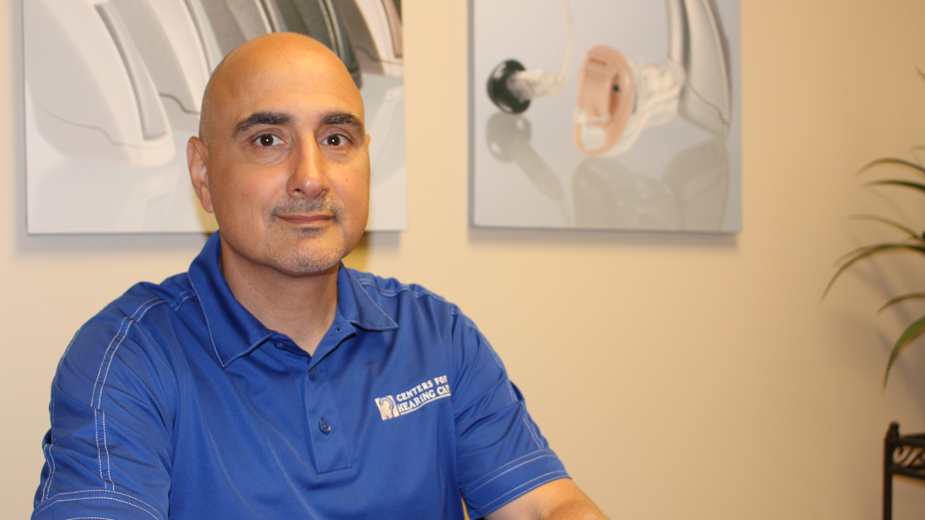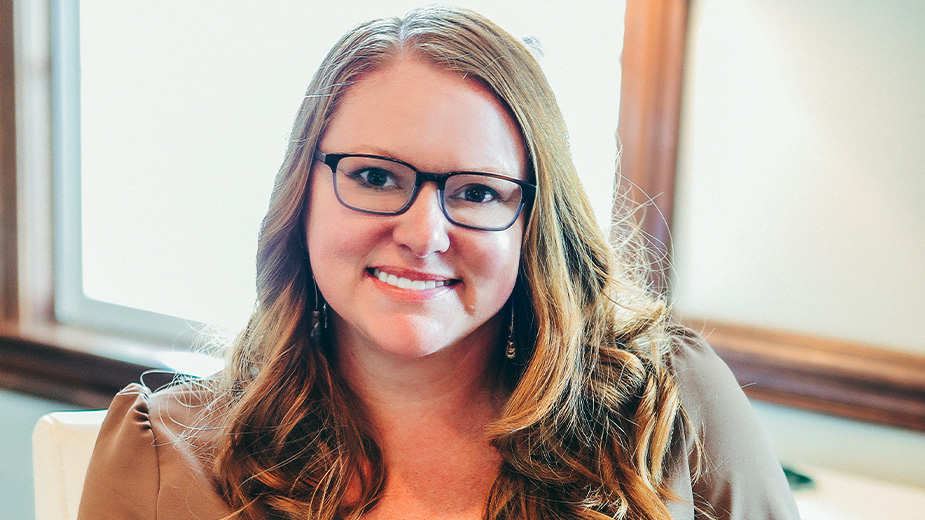Bluetooth Amplifies the Ability to Hear
YOUNGSTOWN, Ohio – Bluetooth technology is improving hearing devices for those with severe hearing loss, those who find it hard to hear others in a noisy environment – and those without a hearing loss.
For those with normal hearing – the equivalent of 20/20 vision – Fortunato Figliano, executive director of the Centers For Hearing Care, points to advances in Bluetooth technology.
“A lot of this technology has always been in the hearing aid but now the line is blurring,” Figliano says. “It used to be you wore a hearing aid because you had hearing problems. But now you’re wearing a hearing aid because it’s becoming a personal communication device.”
The Centers for Hearing Care are staffed with audiologists who evaluate patients and provide them with the best solutions for hearing health. Figliano oversees the seven centers in northeastern Ohio: Austintown, Boardman, Columbiana, Howland, Liberty, Pepper Pike and Salem.
A new product, the Dash Pro, is made for those with normal hearing. The Dash Pro is a set of wireless earphones that allows the user to listen to music or make hands-free phone calls.
Figliano, an active runner, uses the Dash Pro to keep track of his miles and monitor his health. “We’re wanting to be in control of our health,” he says, “so being able to measure all of my health statistics and having them readily available is important to me.”
The Dash Pro can be custom fitted and, with its Bluetooth technologies, it can stream from a smartphone, Apple watch or any other Bluetooth-equipped device.
Depending on how the user moves his head, he issues commands recognized by the Dash Pro. For example, a simple nod or shake of the head, can direct the Dash Pro to turn music on or off.
“Depending on the command, you can either touch [the ear piece] on the sensor, or – believe it or not – you can also now tap your head,” Figliano says. Swiping a finger past the earpiece can also signal a command.
This feature benefits an older individual should he suffer a fall. The only thing he need do to summon help is swipe his finger by his ear to place a phone call.
Another feature, iTranslate integration, has the earpiece translate in real-time nearly any language.

Pictured: Dash Pro hearing technology.
Figliano compares this new technology to products such as the Fitbit and Garman watch because it’s popular among athletes. “The competition in the wearable world becomes what’s the best real estate for measuring health and activities,” he says.
Activity tracking on the earpiece allows the user to easily learn the number of calories he’s burned, how long he’s exercised, number of steps taken, distance covered, cadence, speed, number of breaths and their lengths. A swimmer wears the earpiece as he swims laps and it will tell him how many he’s completed.
Bluetooth technology in the Dash Pro is similar to that used in hearing aids because hearing aids can also be synchronized with a smartphone to stream music and make phone calls. However, newer hearing aids have advances that allow the user to reduce or filter outside noise levels.
The 2015 MarkeTrak report, the largest national consumer survey on hearing loss, states 95% of Americans with some degree of hearing loss could benefit from hearing aids, but only 30% of the 33 million Americans with hearing loss use them.
Without treatment, those with hearing loss can suffer a drop in quality of life, says Dr. Audra Branham, owner of Hearing Innovations in Boardman and Liberty.
“Patients quit attending functions for fear of looking odd when they don’t hear the conversation, or hear incorrectly,” she says.“Hearing in noise is difficult at times and one of the latest advancements reduces the surrounding noise so significantly that [others’] speech is more clear and understandable than ever before.”
With the advances of Bluetooth in hearing aids, Branham says, someone with impaired hearing can, through an app on his smartphone, control his hearing environment.
“I had a patient who would wear [hearing aids] to Indians games and created a program while he was sitting in the stands that sounded best to him and saved that program to the app. Now when he goes to the game, he just switches his devices to the Indians program in his app and he can enjoy the game again,” Branham explains.
Should a person lose his hearing aids, having the Bluetooth connection on a smartphone can help find them. “You simply open the app and a map will show you the address of the location of your hearing devices,” Branham says.
Another advancement with hearing aids is a rechargeable battery. Aids can be removed at bedtime and set on a charger, she says. “Patients no longer have to change batteries at all,” she says, “or bother keeping batteries on them in case of an ill-timed low-battery warning.”
The advances in hearing technology have not seen a corresponding rise in prices; they’ve risen only slightly.
“Over the years, pricing has remained relatively unchanged,” Branham says, “even with new technology. The new technology simply replaces the old.”
Pictured: Fortunato Figliano, executive director of the Centers For Hearing Care.
Copyright 2024 The Business Journal, Youngstown, Ohio.



